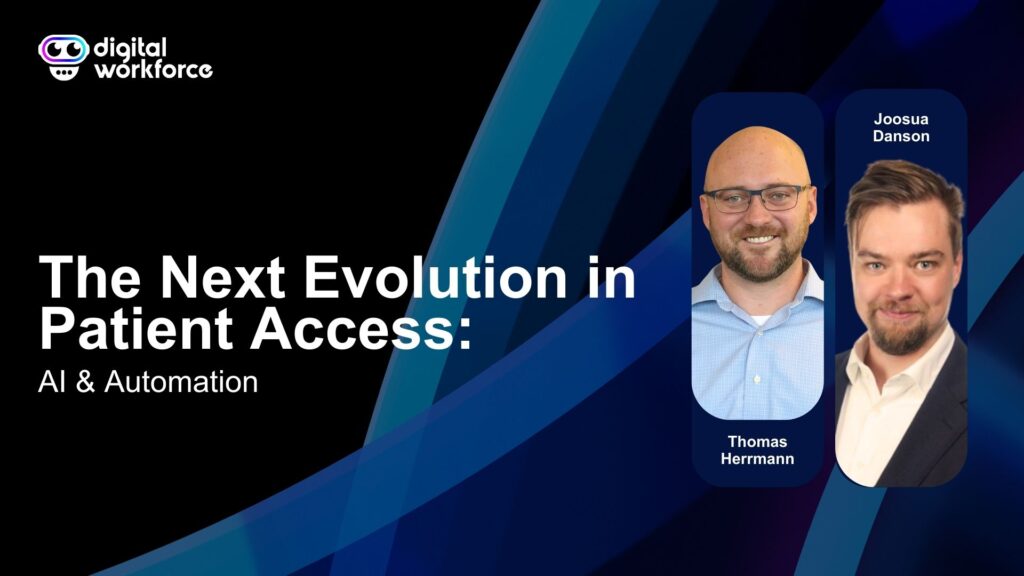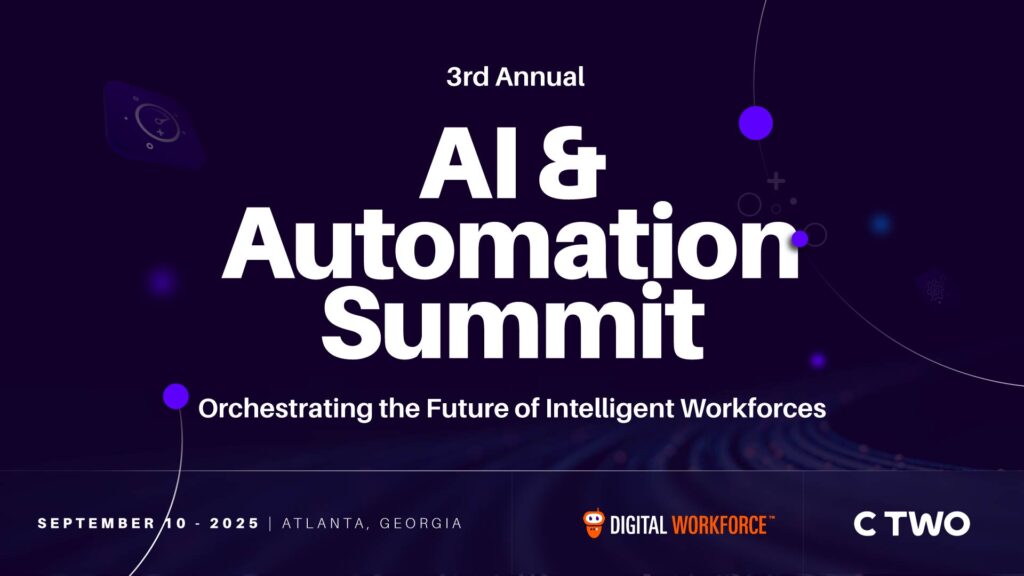AI Agents – Is the Future of Automation Becoming Real?
As businesses evolve in the digital age, the rise of AI Agents is set to revolutionize how work is done. But what exactly are AI agents, and how do they differ from other automation technologies that enterprises have used for years, such as Robotic Process Automation (RPA)? Let’s dive into the world of AI Agents, exploring their potential uses and how you can get started with them.
What Is an
AI Agent?
An AI Agent is an advanced software program designed to perform knowledge work tasks autonomously by understanding and interacting with its environment. Unlike traditional automation tools that follow rigid predefined instructions, AI Agents—utilizing the biggest technology unlock of our generation (Large Language Models, LLMs / Generative AI)—are dynamic. They learn from experiences, adapt to changes, and make data-based decisions. This makes them capable of handling complex tasks that require cognitive abilities like human workers. Employees use natural language to communicate and collaborate with AI Agents.
What Are AI Agents Used For?
AI Agents are versatile and can be applied across various functions across all industries. They can:

Automate complex tasks end-to-end:
From receiving an invoice to reconciling and detecting discrepancies against finance systems, AI Agents can take over the whole task, allowing employees to focus on more strategic work.

Enhance decision-making:
By analyzing vast amounts of data and following human-like reasoning, AI Agents provide insights that help businesses make informed decisions quickly.

Improve customer/employee experiences:
By using natural language to communicate and collaborate with everything around them, AI Agents can interact with humans in real-time, offering personalized responses and solutions leading to higher satisfaction.

Optimize operations:
In supply chain management, financial services, or healthcare, AI Agents streamline processes, reduce errors, and increase efficiency.
How Do AI Agents Differ from Other Automation Tools?
Traditional automation tools like Robotic Process Automation (RPA) automate rule-based, repetitive tasks. They work well within predefined boundaries but struggle with tasks that require flexibility or decision-making. AI Agents, on the other hand, combine automation with Generative AI. This means they not only perform tasks predefined tasks but also plan what actions to take, understand the context, learn from outcomes, and adapt their actions accordingly. While RPA is about following rules, AI Agents are about achieving predefined objectives.
How Is Generative AI Used in AI Agents?
Generative AI is the technology that unlocks and enables the emergence of the AI Agent. GenAI enables them to understand the purpose and the goal of the task they are designed to perform and generate new content based on the data they’ve been trained on. For example, in operations, AI Agents can interpret the line items in a Purchase Order, match the items and their quantities with raw material and residual stocks, and create a production plan for the factory while all the time communicating with a planning engineer in plain text. This blend of generative capabilities with autonomous functioning allows AI Agents to tackle a broader range of tasks with adaptability and efficiency.
What Does a Good Use Case Look Like?
A strong use case for AI Agents typically involves scenarios where tasks are repetitive yet complex, data-rich, and require a degree of decision-making. This could involve processes that occur before or after an already automated task or process previously inaccessible with RPA or other technologies. For example, in the insurance industry, AI Agents can streamline the claims quality assurance process. Traditionally, this process is manual, slow, and prone to human error. AI Agents can analyze millions of claims, identify potential issues, recommend actions, and create comprehensive reports, significantly reducing the time and effort required while improving accuracy. Read more about use cases for AI Agents in this blog.
How to Get Started with AI Agents?
Starting with AI Agents requires a clear understanding of your business goals and processes. Begin by identifying areas where your operation is struggling, and old automation approaches have been unable to remedy. AI agents can add the most value by improving efficiency, enhancing decision-making, or automating complex tasks. Engage with stakeholders early to ensure alignment and buy-in. Next, partner with experts who can help you implement AI Agent technology and deploy your first Agent, ensuring it integrates smoothly with your existing systems. Start small with a production-ready pilot project and scale as you see the benefits.
We at Digital Workforce have designed a standard engagement for the Rapid Agent Deployment (RAD) program that allows you to complete the key steps from use case definition to Agent deployment in 30 days.
Rapid Agent Deployment (RAD)
A Rapid Agent Deployment is a standard process for helping customers quickly build, test, and deploy AI Agents in an accelerated manner. Our goal is to build an Agent, meet your success criteria and deliver a plan to enable rapid production deployment.
Document Use Case
Through a half-day workshop, we will document the use case that will be used for building the RUNBOOK.
Build RUNBOOK
We will build the RUNBOOK along with Actions using mock data that matches your samples in use case documentation.
Agent Demo
We will demo the Agent to your teams to confirm it meets your use case and requirements. Mutually define success criteria for the Agent.
Build Agent (RAD)
We will build out the RUNBOOK, along with Actions based on your real data and systems. Our goal is to meet and exceed your success criteria.
What Are the Concerns and How to Mitigate Them?
Like any powerful technology, AI Agents come with their own set of challenges. Concerns typically revolve around data privacy, security, and ethical use. To mitigate these risks:

Data Privacy:
Ensure your AI Agents comply with all relevant data protection regulations. Use anonymized data wherever possible and implement strict access controls.

Security:
Safeguard your AI Agents from cyber threats by using robust encryption, regular security audits, and by keeping your software up-to-date.

Ethical Use:
Establish clear guidelines on the ethical use of AI. Ensure transparency in AI decision-making processes and avoid biases by using diverse and representative data in training AI models.
The Responsible Use of AI Agents
As with any technology, responsible use is the key to successful adoption. Ensure that AI Agents are deployed in a way that enhances your capabilities. Focus on creating a balanced partnership between humans and AI where the strengths of each complement the other. By doing so, you’ll not only mitigate potential risks but also unlock the full potential of AI Agents in your business.
Contact us to help you find the ideal use case for AI Agents in your organization.


